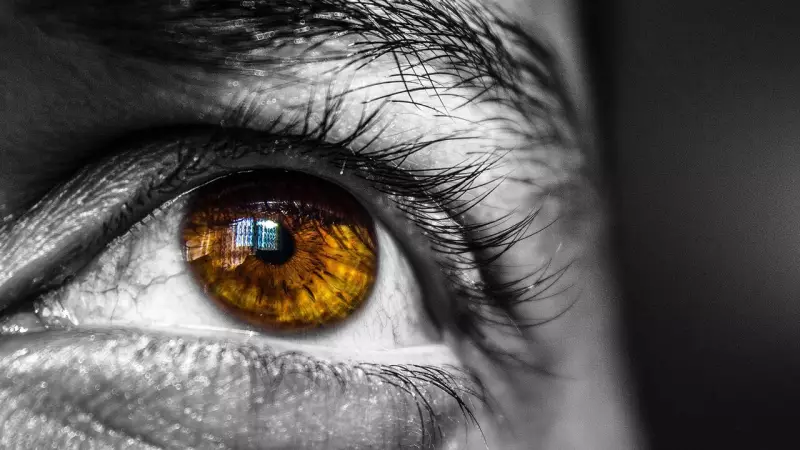
A devastating healthcare crisis is unfolding across Nigeria as millions of citizens are being denied access to basic eye care services while Neglected Tropical Diseases (NTDs) continue to cause preventable blindness at alarming rates.
The Silent Epidemic Sweeping Nigeria
Recent findings from health advocacy groups paint a grim picture of Nigeria's eye care landscape. With approximately one in every eight Nigerians suffering from significant vision impairment, the country faces what experts are calling a preventable blindness epidemic.
"We are witnessing a national emergency that nobody is talking about," revealed a spokesperson from the National Eye Health Advocacy Group. "Millions of Nigerians who could be treated with simple interventions are instead facing permanent vision loss due to systemic failures in our healthcare system."
NTDs: The Hidden Culprit Behind Vision Loss
Neglected Tropical Diseases have emerged as major contributors to Nigeria's vision crisis. Diseases like trachoma, onchocerciasis (river blindness), and lymphatic filariasis are running rampant through communities, particularly in rural areas where healthcare access is most limited.
The statistics are staggering:
- Over 120 million Nigerians require treatment for NTDs
- Trachoma alone affects more than 5 million people
- River blindness remains endemic in many states
- Children are disproportionately affected by these preventable conditions
Urban-Rural Divide Creates Healthcare Deserts
The crisis is particularly severe in rural communities, where eye care services are virtually nonexistent. Many Nigerians must travel hundreds of kilometers and spend their life savings just to access basic eye examinations.
"In some communities, people believe that blindness is a spiritual attack or a normal part of aging," explained a community health worker from Kano State. "They don't realize that many eye conditions are treatable with proper medical care."
Systemic Failures and Infrastructure Gaps
Several critical factors contribute to this healthcare catastrophe:
- Severe shortage of eye care professionals - Nigeria has fewer than 500 ophthalmologists serving a population of over 200 million
- Inadequate funding for eye health programs and NTD control initiatives
- Poor infrastructure making it impossible to deliver services to remote areas
- Limited public awareness about eye health and available treatments
Call to Action: Time for Intervention
Health advocates are urging immediate government action and international support to address this growing crisis. They emphasize that with proper intervention, up to 80% of vision impairment cases in Nigeria could be prevented or treated.
Key recommendations include:
- Increased government funding for eye care services and NTD programs
- Integration of eye health into primary healthcare systems
- Training of more eye care professionals and community health workers
- Mass drug administration for NTDs in endemic areas
- Public awareness campaigns about eye health and available services
As one advocate passionately stated, "No Nigerian should lose their sight to conditions that are easily preventable or treatable. We have the knowledge and the tools to solve this crisis - what we lack is the political will and adequate resources."
The time to act is now, before millions more Nigerians face a future of unnecessary darkness.





